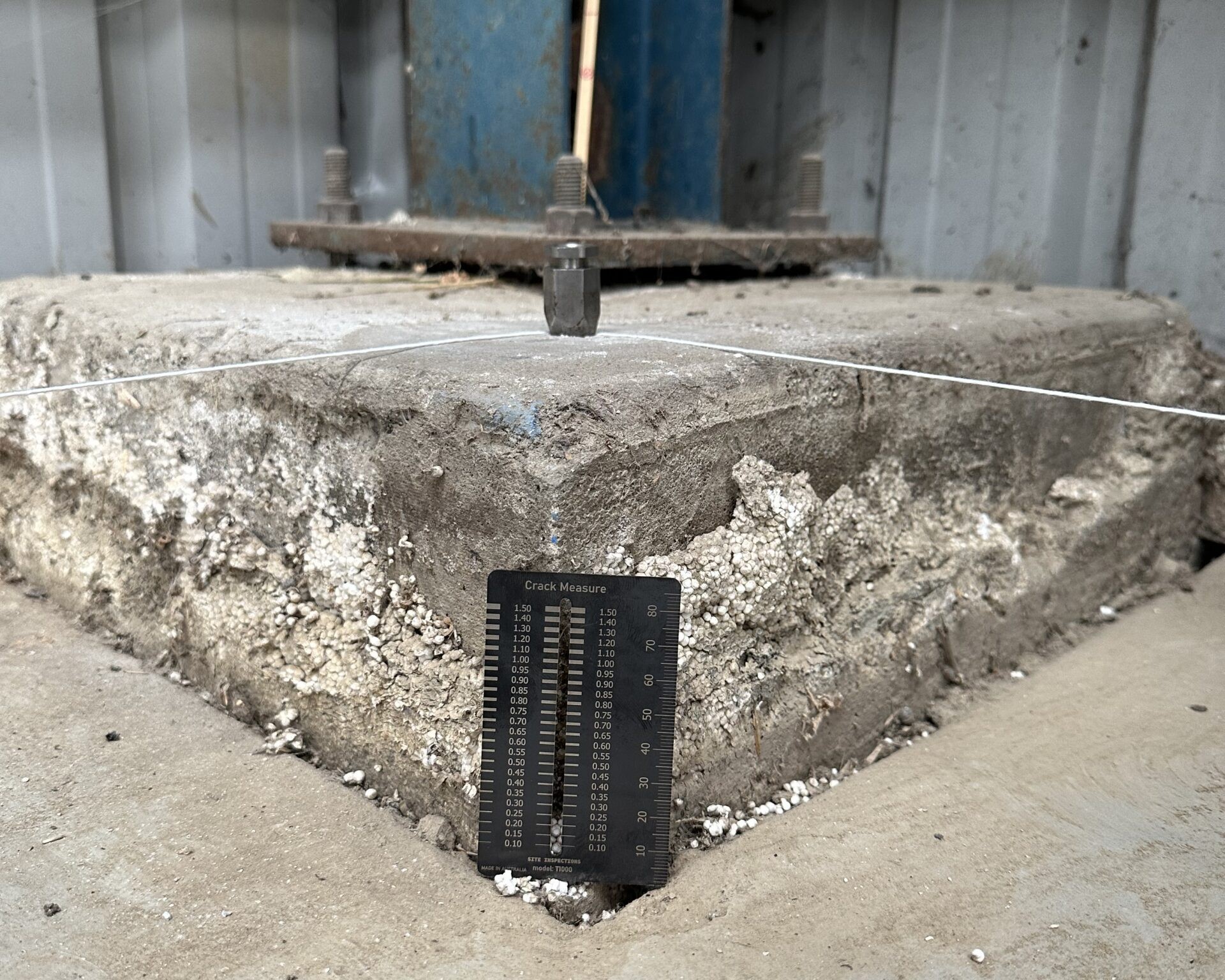The Difference Between Concrete Underpinning And Resin Injection Underpinning
February 21, 2024 Construction
Concrete slabs and foundations can subside for a variety of reasons. Over time, the soil underneath a concrete slab can shift due to changes in moisture or erosion. Voids can form in the soil, again due to moisture or erosion. Poor drainage and even tree roots can also cause the soil underneath a building to become unstable. When the soil that a building is sitting on becomes unstable, this can cause the building’s foundation to shift or subside.
If subsidence has occurred, it’s often noticeable in the form of cracks in walls or brick work, uneven flooring, or other visible indicators that the entire building, or parts of it, is moving downward.
Obviously this is a concern as both the owner of a building and as a tenant. If you’re the owner of a building that has subsided, you’re likely worried that this problem will continue to happen and require a large amount of money to fix. If you’re the tenant of a building, you’re likely concerned about potential damage to your building fit-out as well as safety issues from uneven flooring.
How To Fix Subsiding Building Foundations
If a building’s foundation is subsiding, the common way to fix it is through concrete slab underpinning. Underpinning involves creating a strong and stable base for the building’s foundation to sit on while also relevelling the building. Buildings can also generally slip or settle if they’re near unstable soil. In cases such as this, full underpinning may not be needed. Instead, soil stabilisation may need to occur near the building, but not necessarily underneath it.
There are a variety of ways to underpin a concrete slab, and the best way to go about it will depend on the exact nature of the problem, the extent of the slab that needs to be fixed, and specific challenges with the site and building.
The two most common methods of underpinning, however, are concrete underpinning and resin injection underpinning. Let’s take a look at each of them.
What Is Concrete Underpinning?
Concrete underpinning is the older style of underpinning that’s been used for as long as there have been concrete slabs. Although it’s a tried and true method of re-levelling a building, it can be quite labour intensive.
The process for concrete underpinning basically creates a new foundation under the building’s existing foundation. This new foundation is deeper and therefore extends the building’s foundation to more stable soil.
All of this is done by digging holes underneath the existing foundation or slab and then filling them with concrete. It’s quite simple but, as mentioned, very labour intensive.
Because of all of this, concrete underpinning has a number of drawbacks:
- Slow and requires a lot of labour: digging underneath a building takes time.
- Expensive: as a lot of time and labour is involved, budgets can be high for these projects.
- Often not suitable for reactive soils: reactive soils, like clay, may not be suitable for concrete underpinning because they shift so much.
- May need to vacate the building during the project: this is because excavation is happening under the building, making it unsafe.
This isn’t to say that concrete underpinning is never a good option. However, the newer method of resin injection underpinning is often preferred.
What Is Resin Injection Underpinning?
Resin injection underpinning involves injecting a resin through small holes in the building’s foundation. This resin can then fill voids in soil, strengthen the soil, and also lift the building back up because it expands as it cures. Since it’s not required to dig underneath the building, the process of resin injection underpinning is much less invasive and a lot less time consuming. Additionally, the resin usually cures in about 15 minutes and, since there’s no excavation underneath the building, it usually doesn’t need to be vacated while the injection process is happening.
Some people are wary of resin injection underpinning because it’s newer technology that doesn’t have the same history of reliability as concrete underpinning. However, resin injection underpinning has been around for more than 30 years. Of course this isn’t as long as the traditional method, but more than enough time to prove that it works.
Because resin injection underpinning is often faster and less expensive than other types of underpinning, it’s usually the preferred method for an underpinning and slab levelling project.
Deciding What’s Right For Your Building
Ultimately, every building is different, and the specific reasons the building is subsiding will be different as well. It’s difficult to say that the problem is “definitely X” or “definitely Y” without a thorough assessment from a professional.
If your building is dealing with subsidence issues, feel free to contact us for advice.
